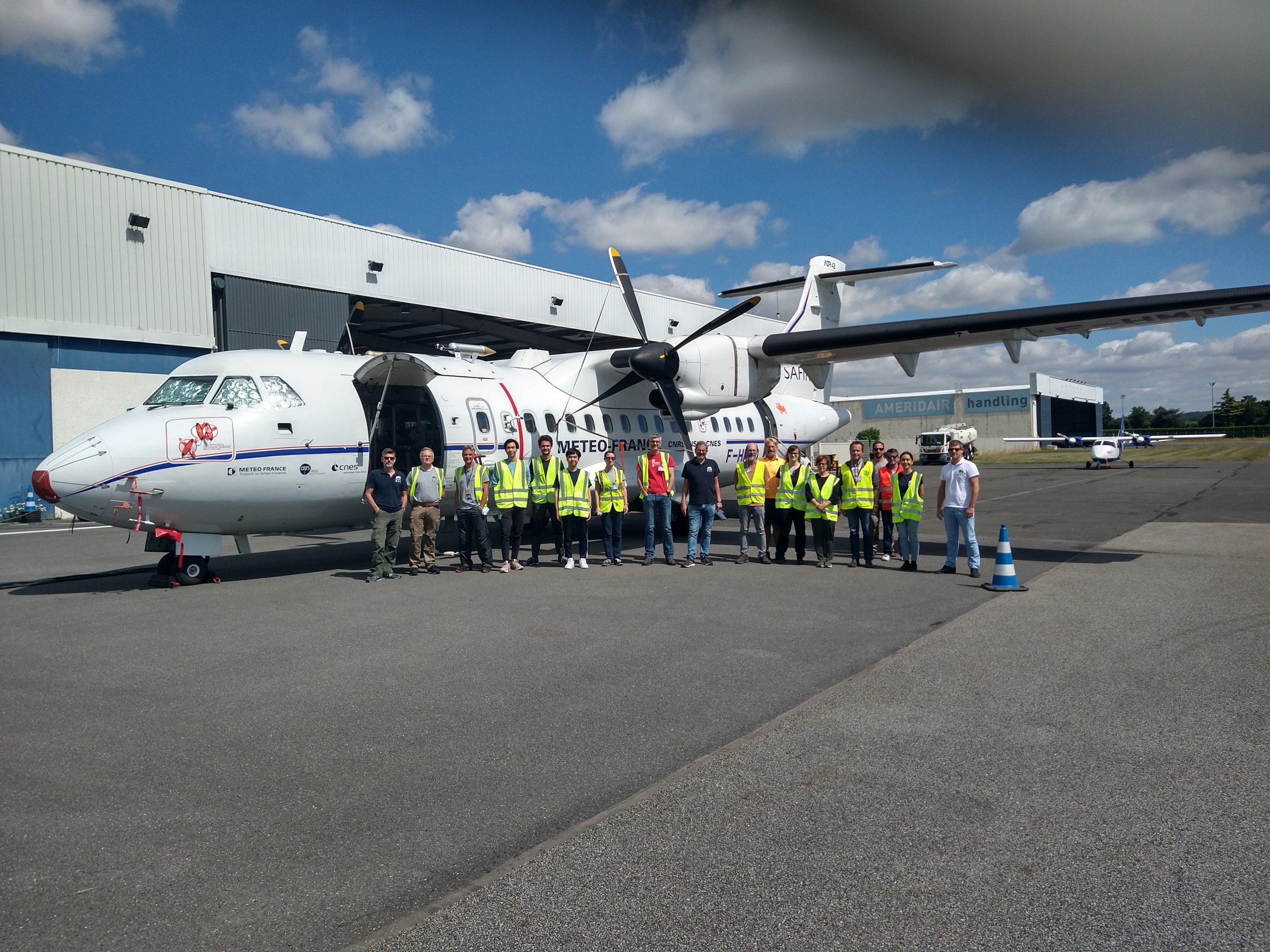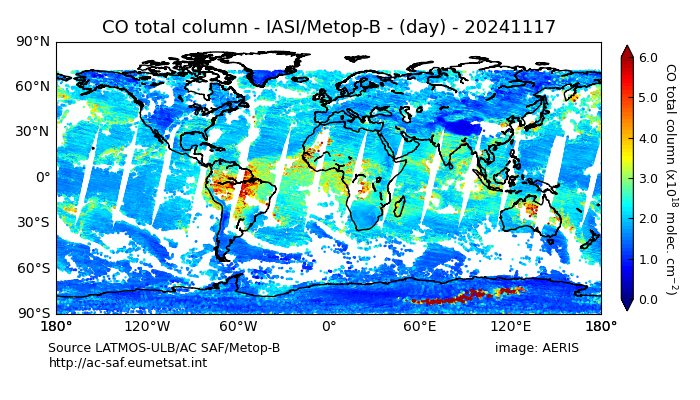Reactive gases are a very diverse group, including surface ozone (O3) , carbon monoxide (CO) , volatile organic compounds (VOCs) , oxidized nitrogen compounds (NOx , NOy) and sulfur dioxide (SO2) . All these compounds play a major role in atmospheric chemistry, and are therefore strongly implicated in the interrelations between atmospheric chemistry and climate, either through the control of ozone and the oxidizing capacity of the atmosphere, or through the formation of aerosols.
AERIS has a large number of data from research projects studying these different gases:

ACTRIS-FR is the French component of ACTRIS-EU for the observation and exploration of aerosols, clouds and reactive gases and their interactions. ACTRIS is a distributed European research infrastructure supporting research […]

Numerous large-scale experimental campaigns have led to a better understanding of the processes that lead to photo-oxidative pollution in major European cities. However, for large cities outside Europe and the […]

Humans have recognized for a long time that their air can become contaminated through natural and non-natural events. The problem became particularly apparent as people moved into large cities where […]

Are marine living microorganisms influencing clouds? In the 1970’s, scientists James Lovelock and Lynn Margulis developed a new paradigm for how we view our planet, termed the Gaia Principle. In […]

The PEGASUS (Portable Gas and Aerosol Sampling Units) mobile field platform is a set of two mobile units for the sampling and analysis of aerosols and atmospheric gases. The development […]

The objective of MAP-IO is to study the composition of the atmosphere and the ocean-atmosphere processes that have an impact on regional climate and numerical weather prediction.This scientific programme is […]

The PANAME (PAris region urbaN Atmospheric observations and models for Multidisciplinary rEsearch) initiative is a coordinating effort involving several ongoing multidisciplinary research projects that aim to gain a better understanding […]

Developed by CNES (Centre National d’Etudes Spatiales) in partnership with Eumetsat (EUropean organisation for the exploitation of METeorological SATellites), the IASI (Infrared Atmospheric Sounding Interferometer) instrument was designed for operational meteorology and for monitoring atmospheric chemistry and climate. IASI is a thermal infrared Fourier transform spectrometer that provides radiance spectra and derived atmospheric variables to feed operational weather forecasting centers, the Copernicus Services and the scientific community.

ACTRIS is a European research infrastructure that coordinates the acquisition and dissemination of measurements for the characterisation of ‘short-lived’ components of the atmosphere.The themes covered by this infrastructure are : […]

The main goal of ECCAD (Emissions of atmospheric Compounds and Compilation of Ancillary Data) is to provide scientific and policy users with datasets of surface emissions of atmospheric compounds, and […]

The project IAGOS (In-service Aircraft for a Global Observing System) is an European Research Infrastructure (ESFRI Roadmap 2006) conducting global longterm observations of atmospheric composition (reactives and greenhouse gases, aerosols, […]

The project INDAAF (International Network to study Deposition and Atmospheric composition in Africa) is a programme dedicated to the long-term monitoring of the atmospheric composition and of the atmospheric deposition […]

Carbon dioxide (CO2) and methane (CH4) are the two main greenhouse gases (GHG) emitted by human activities. To better understand their concentration and vertical distribution in several key regions and […]

The project The NDACC (Network for Detection of Atmospheric Composition Change), formerly NDSC (Network for Detection of Stratospheric Change), is an international network for long-term monitoring of the stratosphere and […]

